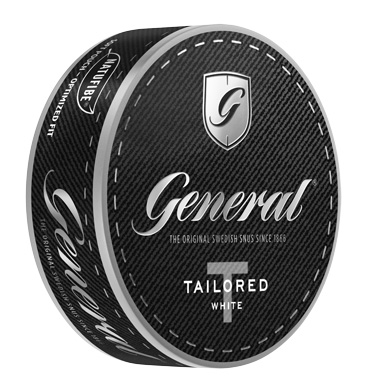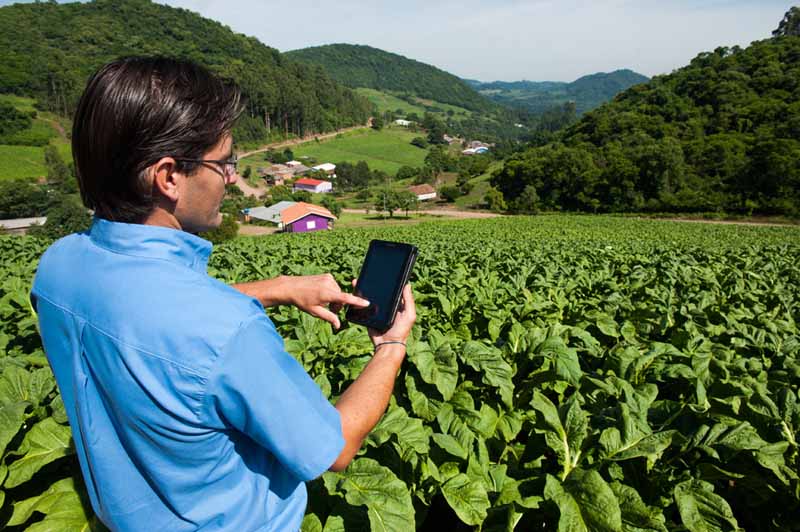Reynolds American Inc’s cigarette volume during the first quarter to the end of March, at 19.2 billion was down by 4.4 percent on that of the first quarter of last year, 20.1 billion.
Within the total RAI volume, RJR Tobacco’s cigarette volume fell by 5.0 percent from 18.8 billion to 17.9 billion, with drive brand volume down by 4.5 percent from 17.4 billion to 16.6 billion, and ‘other’ brand volume down by 11.5 percent from 1.4 billion to 1.3 billion.
Drive-brand volume included Newport’s 7.9 billion, down by 2.9 percent from 8.1 billion; Camel’s 4.5 billion, down by 6.0 percent from 4.8 billion; and Pall Mall’s 4.3 billion, down by 5.7 percent from 4.5 billion.
Also within the total RAI volume, Santa Fe’s cigarette volume, comprising sales of Natural American Spirit, were increased by 5.4 percent from 1.2 billion to 1.3 billion.
The cigarette market share of RAI’s operating companies during the quarter to the end of March, at 34.5 percent, was down by 0.1 of a percentage point on that of the first quarter of 2016.
Newport’s share of the market was increased by 0.1 of a percentage point from 14.0 percent to 14.1 percent. Camel’s share was unchanged at 8.2 percent, while Pall Mall’s share dropped 0.2 of a percentage point to 7.7 percent.
Natural American Spirit’s share increased by 0.2 of a percentage point to 2.3 percent.
RAI announced also results for American Snuff, where moist snuff volume during the three months to the end of March, at 126.7 million cans, was increased by 4.4 percent on that of the first three months of last year, 121.4 million cans.
Sales of Grizzly were increased by 4.5 percent from 111.3 million to 116.3 million cans, while sales of other brands were up by 3.6 percent from 10.0 million to 10.4 million cans.
American Snuff’s share of the retail market was up by 1.0 percentage point to 34.5 percent, with Grizzly’s share up by 1.0 percentage point to 31.8 percent and ‘other’ brands’ share unchanged at 2.6 percent.
RAI’s reported operating income during the first quarter of 2017, at $1,326 million, was down by 78.4 percent on that of the first quarter of last year, $6,142 million, while adjusted operating income was increased by 2.0 percent to $1,346 million.
Reported net income was down by 78.1 percent to $780 million, while adjusted net income was up by 10.3 percent to $795 million.
Reported net income per diluted share was down by 77.9 percent to $0.55, while adjusted net income per diluted share was increased by 12.0 percent to $0.56.
“Reynolds American has made a strong start to the year, marked by a double-digit increase in first quarter adjusted earnings, MRTP [modified risk tobacco product] application submissions to the FDA for Camel Snus and continued progress in leading the US vapor category,” said Debra A. Crew, president and CEO of RAI, in commenting on the first-quarter results.
“Our operating companies delivered solid performance behind their drive-brand portfolio during the quarter, and they have great strategies in place to continue this positive momentum in the year ahead…
“R.J. Reynolds Vapor Company’s … expansion of VUSE VIBE, a high-volume cartridge and closed-tank system with a rechargeable battery, has progressed very well and VIBE is now available in more than 30,000 retail outlets in the US. The VUSE family of vapor products is the clear US market leader, and has been instrumental in RJR Vapor’s ongoing mission to redefine the vapor category.”
RAI said that it expected the proposed acquisition of RAI by BAT, RAI’s largest shareholder, to close during the third quarter of 2017, subject to shareholder and other approvals and customary closing conditions.










